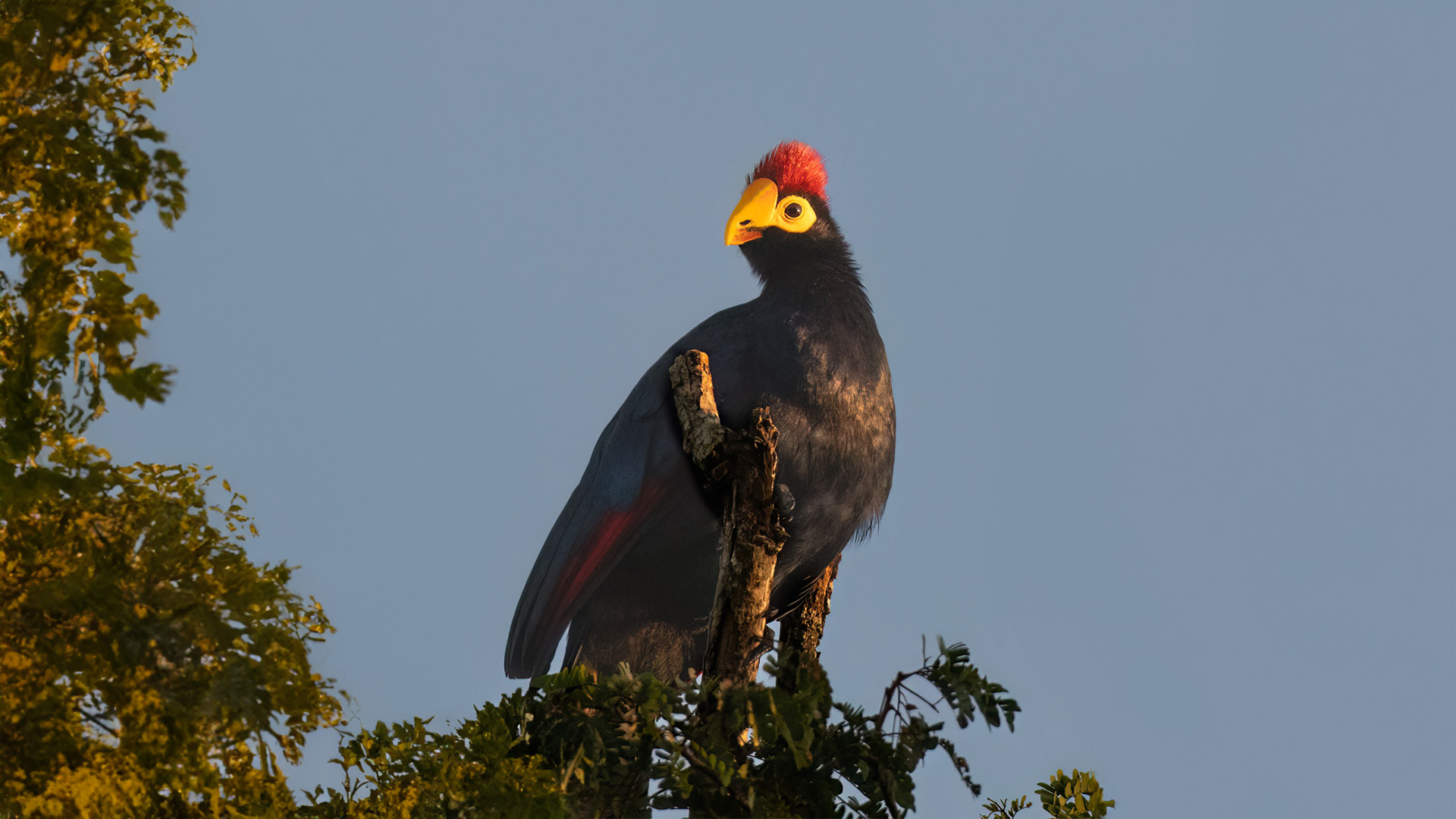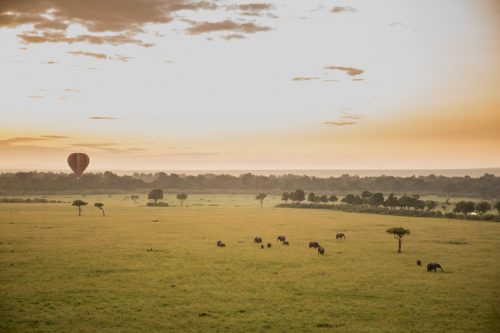
There’s an air of near inevitability about the progression of those who are lucky enough to spend time in nature, from an often limited fascination with animals to a broader absorption into the added worlds of birds, insects, trees and bushes. The still, quiet times spent in the beautiful landscapes that the animals inhabit create an allure all of their own, when game has elusively disappeared, leaving few clues as to where it has gone, or to when and whether it will return.
And so one starts, in the stillness of movement — but not of sound and sight — to allow the landscapes and other life to engulf and envelop. Mysterious glimpses, flashes of colour, wingbeats and calls become the puzzled focus of the senses. The progression then commences, usually, to that avian fork in the road, one branch claiming the interested, modest, helpful amateur birdwatcher, the other the overbearing, supercilious, all-knowing and ever-expounding twitcher.
And so it came to pass, that self and The Memsahib, my wife, both widely derided as bush and birding bottom-feeders from distant Southern parts, somehow, surprisingly (even alarmingly) slipped ourselves into seats on an aircraft bound for Angama Mara, grateful guests of the estimable Mama Nicky Fitzgerald herself. At the airstrip, our Guide, Wilson — a man who proved to be someone of great dignity, presence and humour, and with a prodigious, even encyclopaedic knowledge of the bush, animals, and birds of the Mara — observed our pallid disembarkation with an expression of quizzical disaffection. Which fork in the birding path had we trod, if we had trod at all, you could almost hear him wondering?
What first strikes the newcomer to the Mara? It’s the open, horizon-consuming, grassy extent of it all, so different from the tree-dense, camouflaging, undulating landscapes we more often see in our usual Southern haunts, those with flat sandy riverbeds, their banks dense with large, old bushveld giants. In the Mara, groups of elephants, giraffes, buffalo and others, are visible from miles away, their placid aspect untroubled by kloofs, valleys, trees and bushes. Predators have to work hard here.
And then there are the birds. The grasslands, ponds and savannah trees almost shimmer with their constant movement. Raptors, longclaws, widowbirds, coucals, bee-eaters and too many more to list display themselves in almost indifferent confidence, unconcerned by our proximity. The beautiful climb up from the plain to the lodge yields yet more avian treasures: flycatchers, grenadiers, kingfishers, bushshrikes, turacos and trogons. Whilst feigning nonchalance about totals, in the excited privacy of our room, we tallied the four-day score of a hundred and thirty birds, including thirty 'lifers'. Wilson helped a bit...a lot...entirely.
And finally, the butterflies. More than anywhere else that we have visited, the Mara has legions of beautiful butterflies, sometimes carpets of them. To stop and sit quietly and attentively gives an insight into another entire world contained in nature. The variety is astonishing, as is the beauty of these wonderfully-named insects. A green-banded swallowtail flits past a brownveined white, ignoring the less distinguished orange tip. But suddenly all are eclipsed by a citrus swallowtail and an African blue tiger duelling in the sun.
And another thing about butterflies. They’re also an infuriatingly effective diversion with which to undermine and control an encounter with an ever-expounding twitcher, who years ago took the wrong fork in the road.
Filed under: Stories From The Mara
Subscribe for Weekly Stories
Comments (0):

Hot-air Ballooning